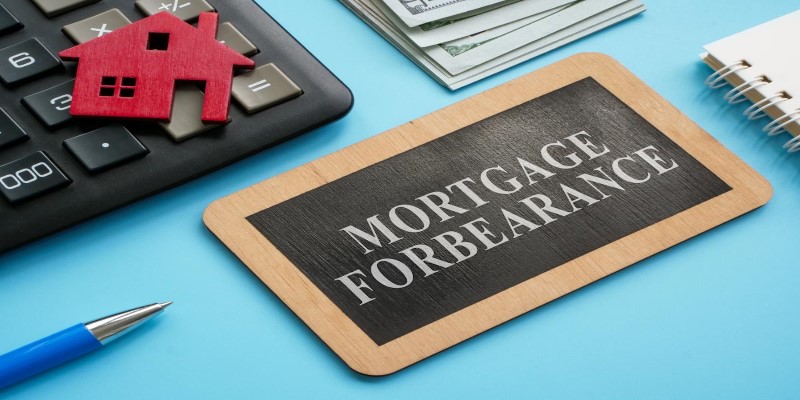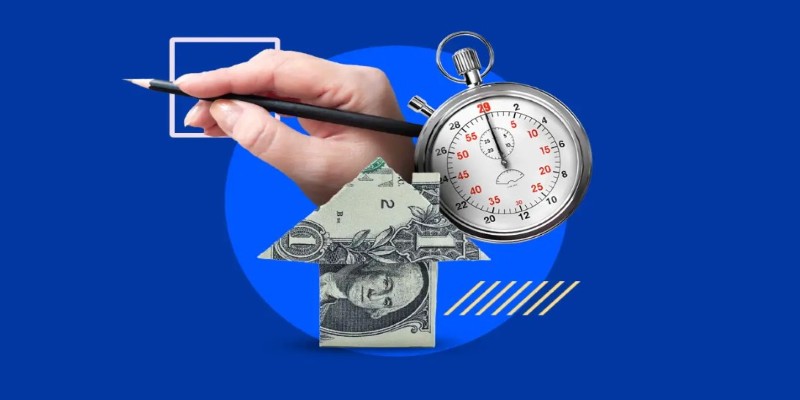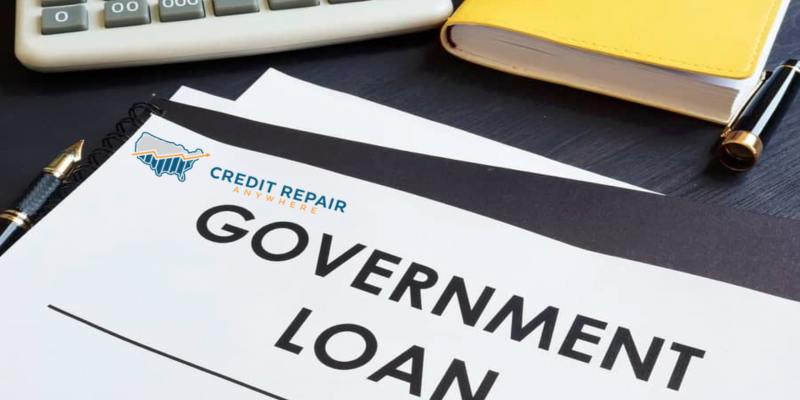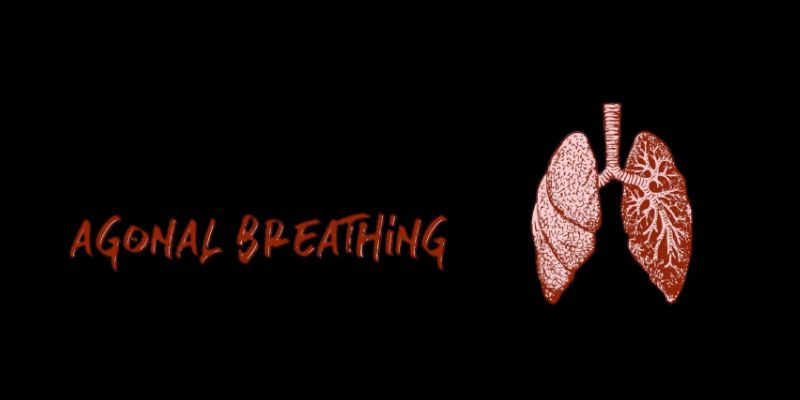When you plan on buying a home or refinancing an existing one, chances are you've heard the term conventional loan thrown around a lot. It’s one of those phrases that feels familiar but can be confusing when you try to break it down. If you feel the same, we have got you covered!
A conventional loan is basically a mortgage that isn't backed by the government. That's it. But while the definition is straightforward, there’s a lot more happening underneath. Let’s have a look at what it really means when you go the conventional route, what it takes to qualify, and what makes it different from other types of mortgages.
Conventional Loan vs. Government-Backed Loans
The easiest way to understand a conventional loan is by comparing it to the loans that are backed by the government—like FHA, VA, or USDA loans. These government-insured options exist to help borrowers who might not qualify for a conventional loan due to lower credit scores or smaller down payments.
But conventional loans? They're a bit pickier. Since there's no government guarantee behind them, lenders take on more risk, and that means they want to see stronger financials. Think of it like this: if government-backed loans are the safety net, conventional loans are the tightrope walk without one—steady balance required.
There are 2 types of conventional loans: conforming and non-conforming. Conforming loans stick to limits and rules set by Fannie Mae and Freddie Mac—yes, those are real entities that help keep the mortgage market running. If the loan size is too big or doesn’t meet their criteria, it’s labeled non-conforming. Jumbo loans fall under this category and are usually used for high-cost properties.
What Do You Need to Qualify?
So, let’s say you’re considering a conventional loan. What will the lender want from you? Here’s where it gets a little stricter than some other options.
Credit Score
Lenders typically want to see a credit score of 620 or higher, but here’s the thing—just meeting the minimum doesn’t always cut it. The higher your score, the better your interest rate. It’s a sliding scale. A 740 score might get you a much more affordable monthly payment than a 630, even with the same down payment.
Down Payment
You may hear that conventional loans require a 20% down payment. That's not entirely true. Some programs allow as little as 3%, especially for first-time buyers. But if you put down less than 20%, you'll be dealing with private mortgage insurance (PMI), which adds to your monthly cost until you build enough equity to remove it.
Debt-to-Income Ratio (DTI)
This ratio looks at how much of your income goes toward debt. Most lenders prefer it to be under 43%, although there is room for flexibility based on other factors. The lower your DTI, the more confident a lender feels that you can handle your mortgage payments.
Income and Employment
A stable income and a steady job history (usually at least two years in the same line of work) matter a lot. Lenders want to be sure your income can support your loan over time. They'll ask for tax returns, W-2s, pay stubs—sometimes all of the above.
Appraisal
The property you’re buying needs to meet a certain value because the loan amount is based on that number. If the appraisal comes in low, you either make up the difference or renegotiate the price. Simple as that.
What Are the Benefits?
Now, why do so many people opt for conventional loans if they can be tougher to get? The answer lies in flexibility and long-term savings.
More Property Options
Conventional loans can be used for a wider range of properties—primary residences, second homes, and investment properties. Many government-backed loans are limited to just your main home.
Lower Long-Term Cost
Even if you start with a small down payment and have to pay PMI, you can get rid of that cost once you reach 20% equity. With FHA loans, the mortgage insurance sticks around for much longer, often for the life of the loan, unless you refinance.
Competitive Interest Rates
Assuming your credit is solid, conventional loans offer rates that can be just as good—or better—than government options. And the better your financial picture, the more negotiating power you have.
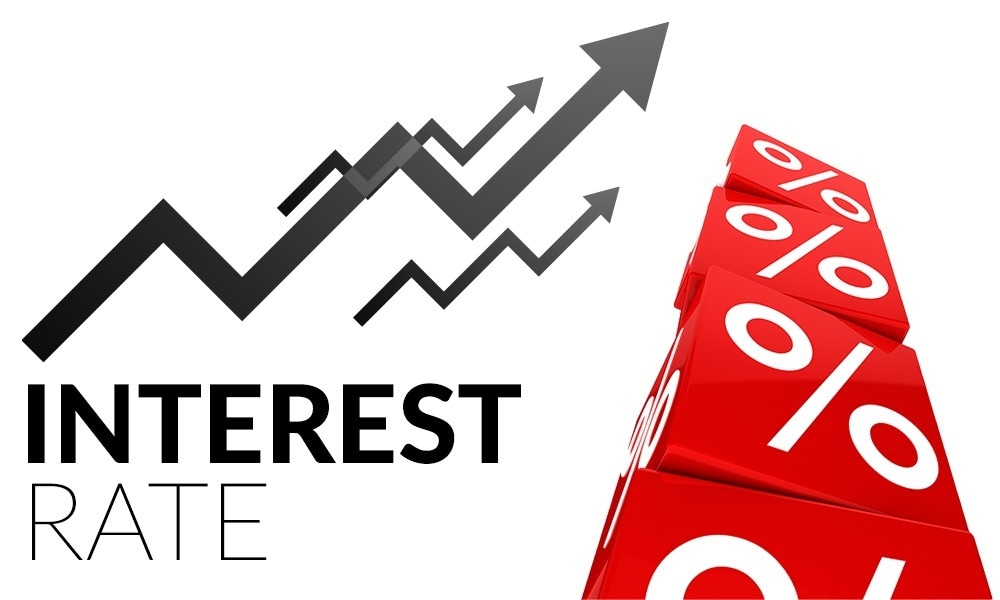
Fewer Restrictions
There’s less red tape with conventional loans. No government hoops to jump through. No property condition checklists that add delays. For buyers and sellers alike, that can mean a smoother process.
Steps to Get a Conventional Loan
If you're ready to take the plunge, here’s a clear, step-by-step guide on how to get started.
Step 1: Check Your Credit
Before speaking to a lender, pull your credit reports and review your scores. Fix any errors and pay down existing debts if possible. A higher score gives you more room to negotiate and a better rate.
Step 2: Calculate Your Budget
Don’t just look at how much a lender says you qualify for—figure out what you can afford comfortably. Remember to account for taxes, insurance, and possible HOA fees.
Step 3: Gather Documentation
Lenders love paperwork. Get your W-2s, recent pay stubs, tax returns, and bank statements ready. The more organized you are, the smoother things will go.

Step 4: Get Pre-Approved
A pre-approval isn’t a promise, but it’s close. It shows sellers that you’re a serious buyer with financial backing. And it helps you stay focused on homes in your true price range.
Step 5: Shop for a Lender
Not all lenders are the same. Some may offer better rates, lower fees, or more helpful customer service. Compare quotes from at least three lenders before you commit.
Step 6: Find a Home and Make an Offer
With your pre-approval in hand, you can now house hunt confidently. Once you find the right place, make your offer and begin negotiations.
Step 7: Appraisal and Inspection
After your offer is accepted, your lender will order an appraisal. You’ll also want to schedule an inspection to check for any major issues.
Step 8: Final Loan Approval
Once everything checks out, the lender will give you the final go-ahead. You’ll sign a stack of papers (a big stack), pay your closing costs, and officially become a homeowner.
Wrapping It Up
A conventional loan might not come with the hand-holding that government-backed loans offer, but it gives you more freedom in the long run—if you can meet the qualifications. It's a solid choice for individuals with strong credit, a steady income, and a clear understanding of their financial limits.
So, if you're looking for a straightforward way to finance your home without extra layers of oversight, a conventional loan could be the clean, no-frills solution you're after. Just keep your finances in check, know what you're getting into, and work with people who actually answer their emails. You'll be fine.

